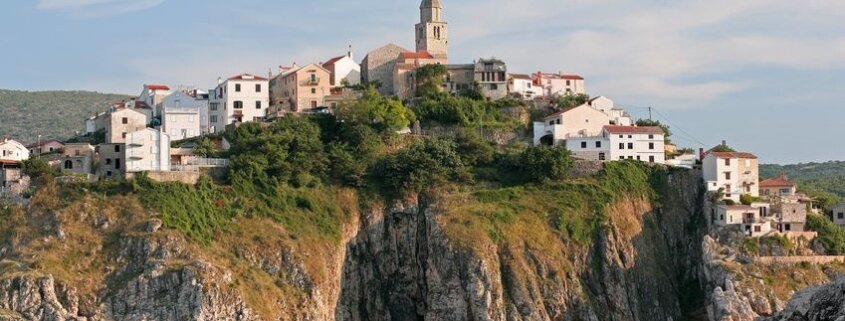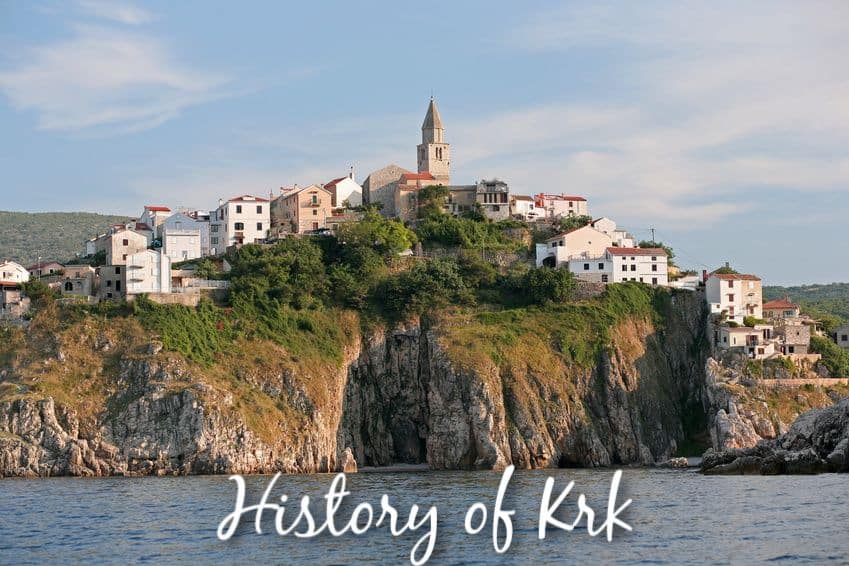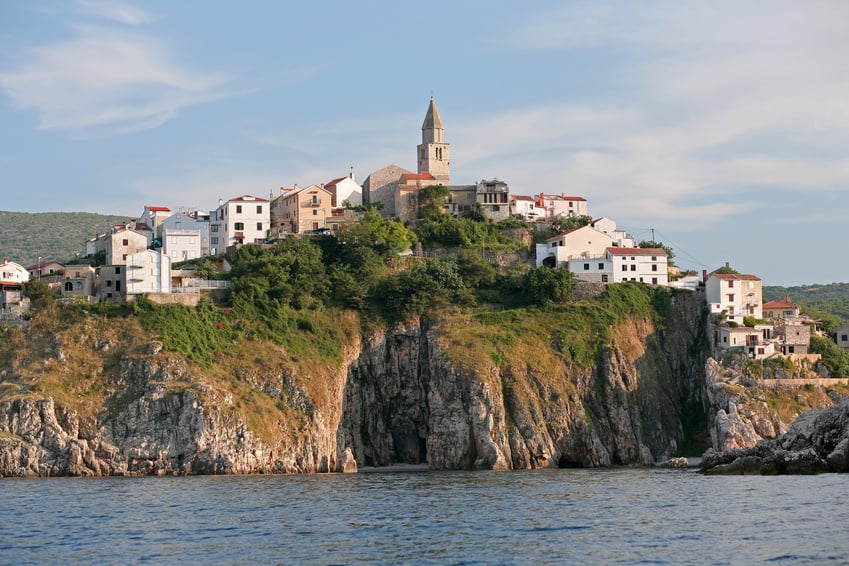
The history of Krk stretches back to Liburnian times, with the island also part of the Greek Empire’s Elektridic or Apsirtidik islands. These are now known as the Kvarner islands.

Krk was also part of the Roman Empire – Curicta is the island’s Latin name – and there is evidence on the island of structures built during Roman times, such as the remains of thermal baths.
From the early part of the 12th century, Krk was ruled by a succession of Croatian counts, whose power and influence rose considerably over the next few centuries. The main noble family during this time were the Frankopans – from which a number of Croatian viceroys emerged.

Venetian Rule
As with its neighbouring islands, Krk came under Venetian rule. It was however the last island in this region to cede to this empire, doing so in 1480 (until 1797). This period saw some migration of Croats from the mainland.
After the fall of the Venetian Empire, the island came to be part of the Austrian Empire, although this was briefly interrupted by Napoleonic rule for seven years, from 1806.
20th Century History of Krk
Tourism played an important part to the island’s development in this century; Omisalj was something of a tourist resort in the early 20th century. Malinska first started receiving tourists by boat even in the late 19th century. There is a great article about this – including photos! – on the Krk Tourist Board’s website.
Post-World War I, the island was briefly part of Italy (from 1918 to 1920), then part of Yugoslavia.
During World War II, the island once again fell to the Italians (from 1941 to 1943) and was then occupied by the Germans until 1945, before it was liberated on 17th April 1945.
Following World War II, the island became part of Yugoslavia once more, within which it remained up until Croatia’s independence in 1991.
